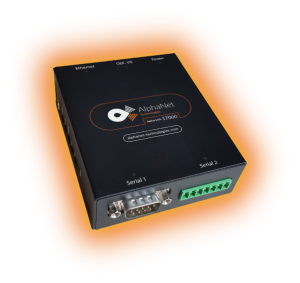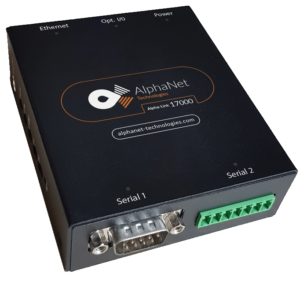Introduction to Modbus Gateway Protocol
A journey into the world of Modbus Gateway Protocol is a journey into the backbone of many industrial communication systems. Have you ever wondered how machines communicate with each other in a seamless and structured manner? The answer lies in protocols like Modbus.
The History of Modbus
The Modbus protocol was developed in 1979, and it’s quite the testament to its robustness and simplicity that it’s still in use today. It’s a marvel that a technology from the ’70s continues to hold relevance in our technologically advanced age.
The Basics of Modbus Protocol
In essence, Modbus is a communication protocol that allows devices to interact over a network. It can be thought of as a language that devices use to understand each other, much like how humans use languages to communicate.
The Different Types of Modbus Protocols
Like a language with different dialects, Modbus has its variations.
Modbus ASCII
Modbus ASCII is a version of the protocol that communicates using ASCII characters. This variant is often used when readability of data is important.
Modbus RTU
Modbus RTU (Remote Terminal Unit) communicates in binary and is therefore faster and more efficient than ASCII. It’s like sending a message in Morse code; not immediately readable, but quicker to transmit.
Modbus TCP/IP
Modbus TCP/IP incorporates the power of the internet protocol suite, providing more connectivity options. It’s akin to using sign language over a video call.
How Modbus Gateway Protocol Works
Modbus Protocol works like a postman delivering letters.
Data Communication
The communication begins when a master device sends a request to a slave device. The slave device then sends a response back to the master device, like a written reply to a letter.
Data Addressing
Just as our letters need to have the right address to get to the correct recipient, data packets in Modbus are addressed to the right slave devices.
Error Checking
Just as a postman confirms the receipt of a letter, Modbus uses error checking to ensure data integrity.
The Applications of Modbus Gateway Protocol
Modbus Protocol finds widespread use in various industries. It’s like the universal translator in a science fiction movie, facilitating communication between different devices.
Advantages and Disadvantages of Modbus Protocol
Like all things, Modbus Protocol comes with its pros and cons.
Advantages
Reliability
Modbus Protocol, being a well-established protocol, offers high reliability. It’s like having an old, trusty tool in your toolbox.
Simplicity
Modbus is also praised for its simplicity. It’s like playing with building blocks; you can achieve complex structures from simple elements.
Disadvantages
Limitations
However, Modbus isn’t without its limitations. For instance, it has a limit on the number of data it can handle at once.
The Future of Modbus Protocol
The future of Modbus looks promising as it continues to evolve and adapt. It’s like an old book that continues to fascinate new generations of readers.
Conclusion
As we’ve seen, the Modbus Gateway Protocol is an essential part of industrial communication systems. Understanding it can provide valuable insights into how our modern world functions. Like a hidden code, it works silently behind the scenes, enabling smooth communication between devices.
FAQs
- What is the main purpose of the Modbus Gateway Protocol?
- The Modbus Gateway Protocol is used to facilitate communication between devices in a network.
- What are the different types of Modbus Protocols?
- The different types include Modbus ASCII, Modbus RTU, and Modbus TCP/IP.
- What industries commonly use the Modbus Protocol?
- Industries such as manufacturing, automation, and energy use the Modbus Protocol extensively.
- What are the key advantages of Modbus Protocol?
- The main advantages of Modbus Protocol are its reliability and simplicity.
- What are the limitations of Modbus Protocol?
- One of the limitations of Modbus Protocol is the limit on the amount of data it can handle at once.


